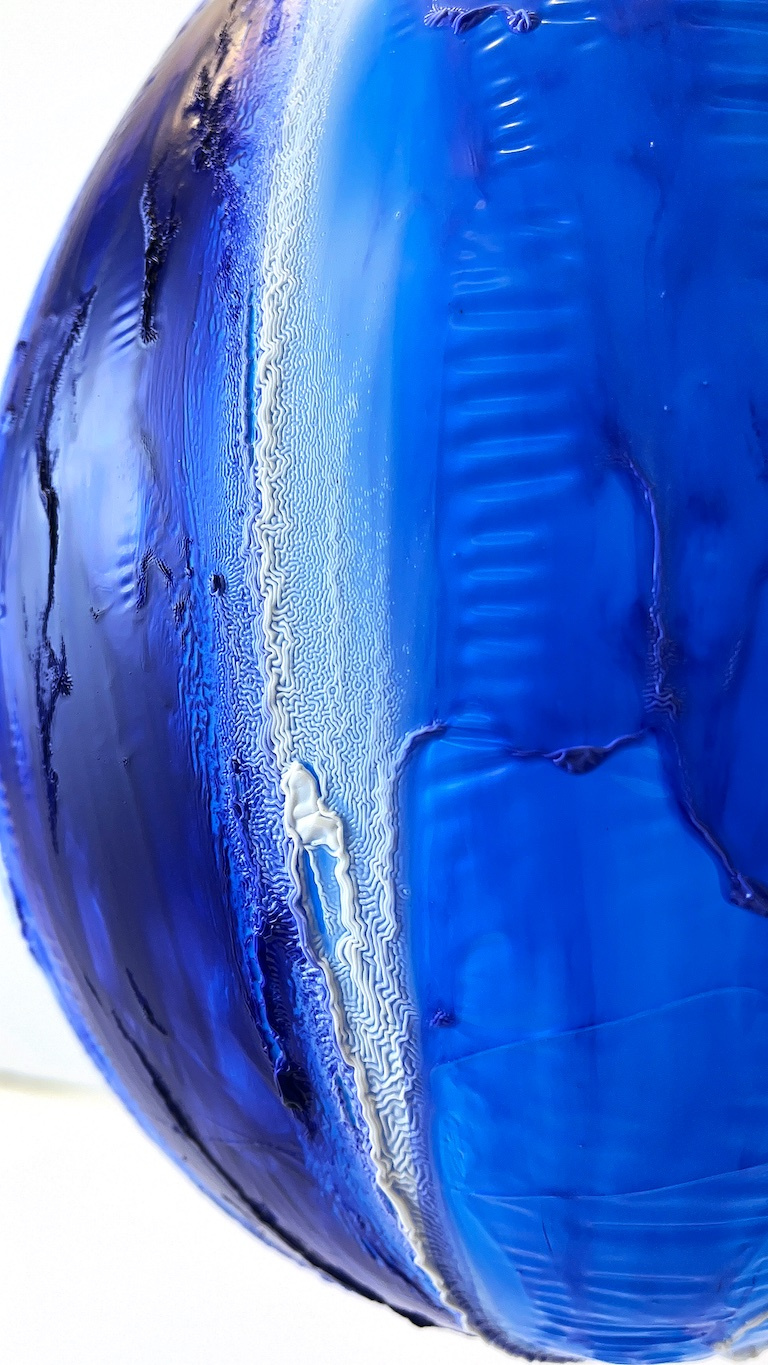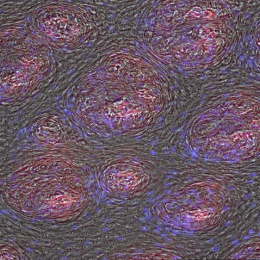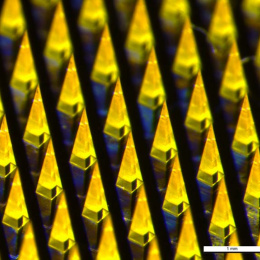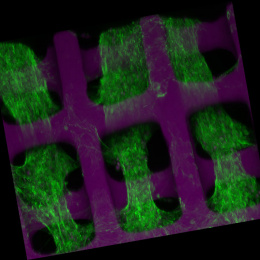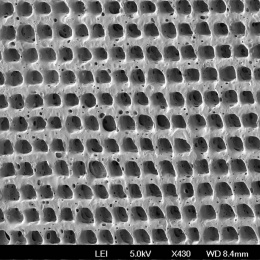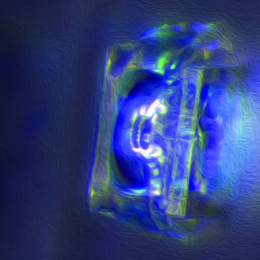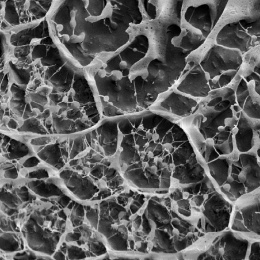Polymer Corals 4
Polymer Corals 4
Sangita Vasikaran with Catalina Monsalve Rodriguez, Michelle Escobar, and Jessica Pan
MIT Department of Architecture, MIT Department of Biological Engineering
How do corals grow and assemble from individual, microscopic units into eye-catching geometries? How do we visualize this? We accidentally realized that the polymer system of Elmer’s glue, acrylic paint, and latex balloons was a very realistic and just as captivating model of their growth. These polymers can entangle each other, swell, and stretch based on their environment. In these images, we document our accidental finding of a way to capture the macroscopic effects of microscopic tugs-of-war between these polymers. This project began as a way to study how coral formations form their distinctive patterns, like the brain coral, and we were pleasantly surprised to create a tug-of-war environment that mimicked this species exactly, teaching us a lot! We were able to generate environments and chemical makeups that gave rise to the formation of corals that were brain-like (Platygyra), mushroom-like (Fungildae), fan-like (Gorgonia), and more.
